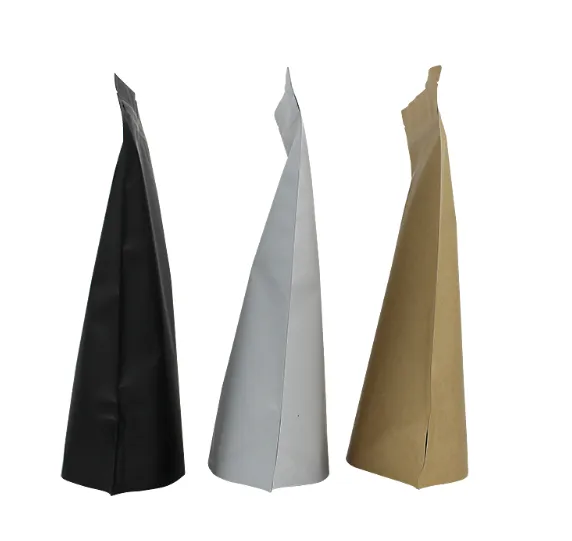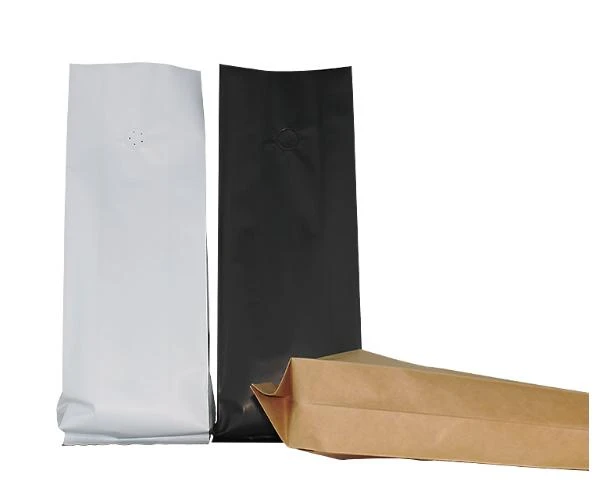Email: enid@bc-pak.com
Tel: 86-757- 88811186
- Afrikaans
- Albanian
- Amharic
- Arabic
- Armenian
- Azerbaijani
- Basque
- Belarusian
- Bengali
- Bosnian
- Bulgarian
- Catalan
- Cebuano
- chinese_simplified
- chinese_traditional
- Corsican
- Croatian
- Czech
- Danish
- Dutch
- English
- Esperanto
- Estonian
- Finnish
- French
- Frisian
- Galician
- Georgian
- German
- Greek
- Gujarati
- haitian_creole
- hausa
- hawaiian
- Hebrew
- Hindi
- Miao
- Hungarian
- Icelandic
- igbo
- Indonesian
- irish
- Italian
- Japanese
- Javanese
- Kannada
- kazakh
- Khmer
- Rwandese
- Korean
- Kurdish
- Kyrgyz
- Lao
- Latin
- Latvian
- Lithuanian
- Luxembourgish
- Macedonian
- Malgashi
- Malay
- Malayalam
- Maltese
- Maori
- Marathi
- Mongolian
- Myanmar
- Nepali
- Norwegian
- Norwegian
- Occitan
- Pashto
- Persian
- Polish
- Portuguese
- Punjabi
- Romanian
- Russian
- Samoan
- scottish-gaelic
- Serbian
- Sesotho
- Shona
- Sindhi
- Sinhala
- Slovak
- Slovenian
- Somali
- Spanish
- Sundanese
- Swahili
- Swedish
- Tagalog
- Tajik
- Tamil
- Tatar
- Telugu
- Thai
- Turkish
- Turkmen
- Ukrainian
- Urdu
- Uighur
- Uzbek
- Vietnamese
- Welsh
- Bantu
- Yiddish
- Yoruba
- Zulu
different food packaging materials
Views :
Update time : ഫെബ്രു . 12, 2025 18:15
Exploring different food packaging materials involves understanding how they impact product preservation, environmental footprint, and consumer safety. This comprehensive insight into various packaging options can aid businesses in making informed decisions, enhancing both product quality and brand reputation.
Key insights from industry experts indicate a gradual shift towards eco-friendly alternatives. Paper and cardboard packaging, seen in cereal boxes and takeaway containers, are gaining traction due to their biodegradability and renewable sourcing. Enhanced with coatings or lamination, they offer moderate protection against moisture and lend themselves well to customization for branding purposes. Yet, they may not provide the same level of shelf-life extension as other materials unless combined with additional barriers. Metal packaging, prominently used for canned goods and some beverages, offers robust protection and an extended shelf life. Aluminum cans and steel tins are excellent at preserving food quality by blocking light and oxygen. Easy recyclability enhances their appeal among environmentally conscious consumers. However, the resource-intensive extraction and production processes pose considerations that companies must balance with the benefits of durability and security. Innovative materials such as bioplastics and edible packaging are emerging, driven by advancements in material science and consumer demand for sustainability. While currently limited by high costs and scalability issues, these materials represent the future of packaging with reduced environmental impact. Industry authorities stress the importance of life cycle assessments (LCAs) when choosing packaging—even the most sustainable materials may carry hidden costs in production or post-consumer processing. Trustworthy solutions are those informed by comprehensive evaluations, weighing all ecological, economic, and social factors. Through this lens, businesses can not only optimize food safety and brand positioning but also contribute meaningfully to global sustainability efforts. Adopting varied packaging solutions tailored to specific needs fosters consumer trust, reinforces market authority, and aligns with best practices in the ever-evolving landscape of modern food packaging.


Key insights from industry experts indicate a gradual shift towards eco-friendly alternatives. Paper and cardboard packaging, seen in cereal boxes and takeaway containers, are gaining traction due to their biodegradability and renewable sourcing. Enhanced with coatings or lamination, they offer moderate protection against moisture and lend themselves well to customization for branding purposes. Yet, they may not provide the same level of shelf-life extension as other materials unless combined with additional barriers. Metal packaging, prominently used for canned goods and some beverages, offers robust protection and an extended shelf life. Aluminum cans and steel tins are excellent at preserving food quality by blocking light and oxygen. Easy recyclability enhances their appeal among environmentally conscious consumers. However, the resource-intensive extraction and production processes pose considerations that companies must balance with the benefits of durability and security. Innovative materials such as bioplastics and edible packaging are emerging, driven by advancements in material science and consumer demand for sustainability. While currently limited by high costs and scalability issues, these materials represent the future of packaging with reduced environmental impact. Industry authorities stress the importance of life cycle assessments (LCAs) when choosing packaging—even the most sustainable materials may carry hidden costs in production or post-consumer processing. Trustworthy solutions are those informed by comprehensive evaluations, weighing all ecological, economic, and social factors. Through this lens, businesses can not only optimize food safety and brand positioning but also contribute meaningfully to global sustainability efforts. Adopting varied packaging solutions tailored to specific needs fosters consumer trust, reinforces market authority, and aligns with best practices in the ever-evolving landscape of modern food packaging.
Recommend products
Read More >>
Related News
Read More >>













